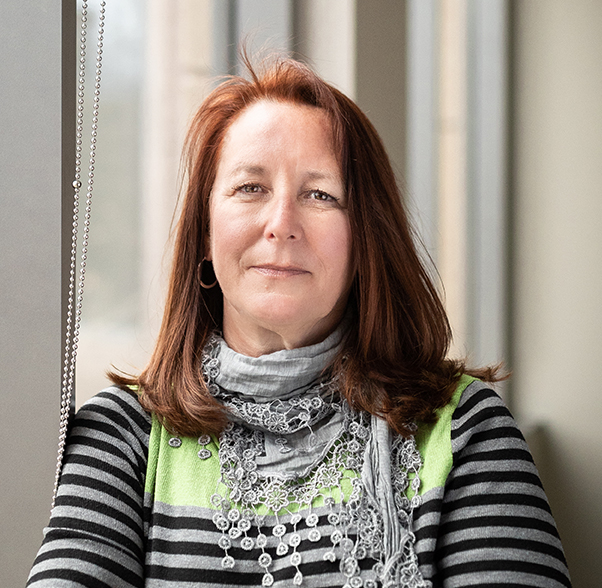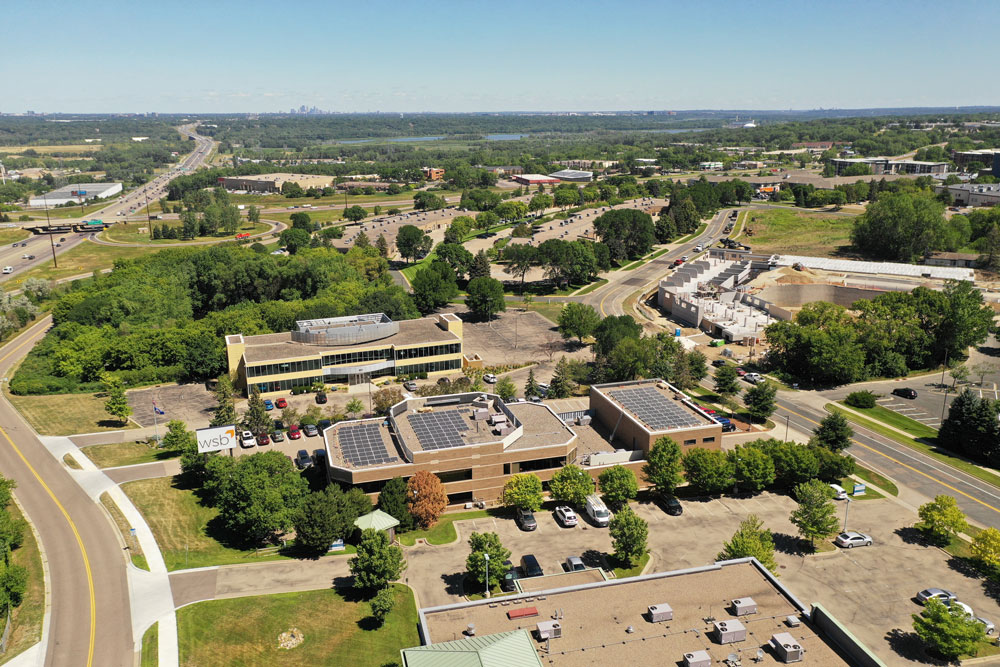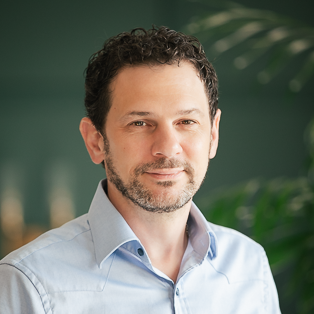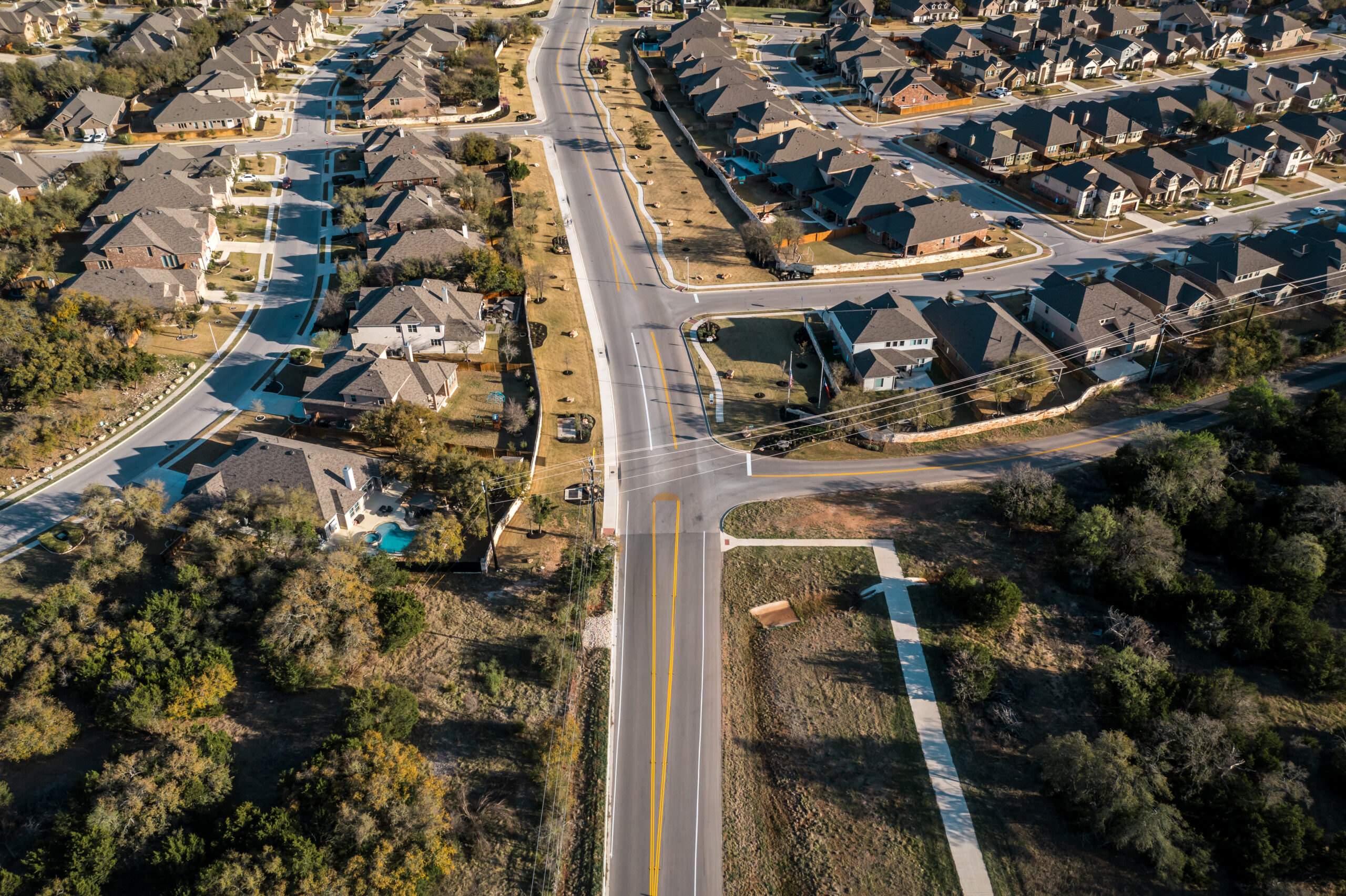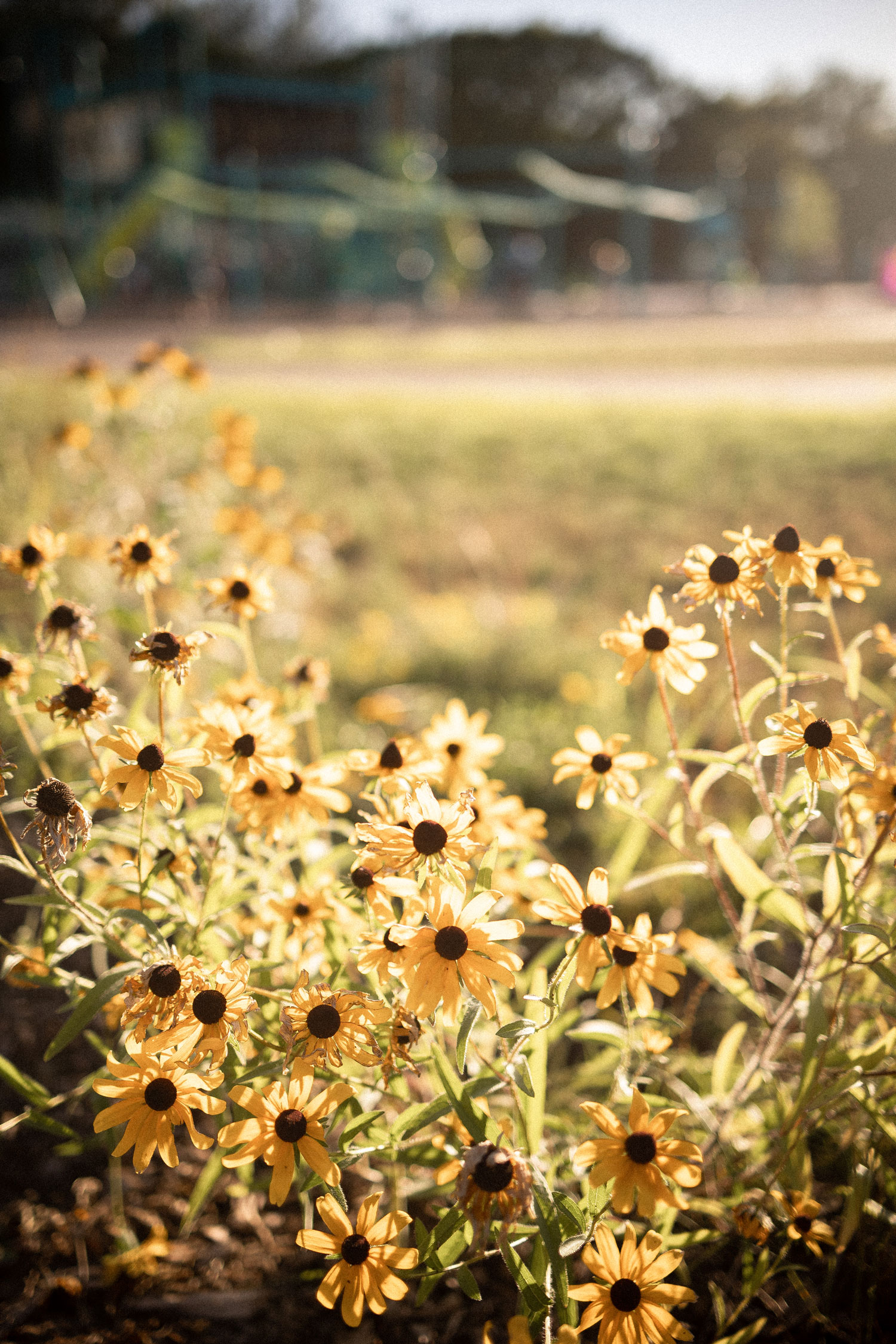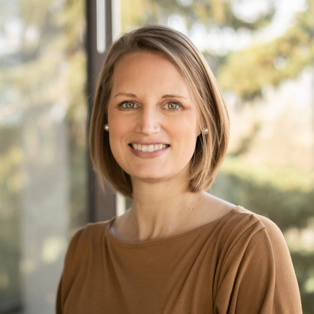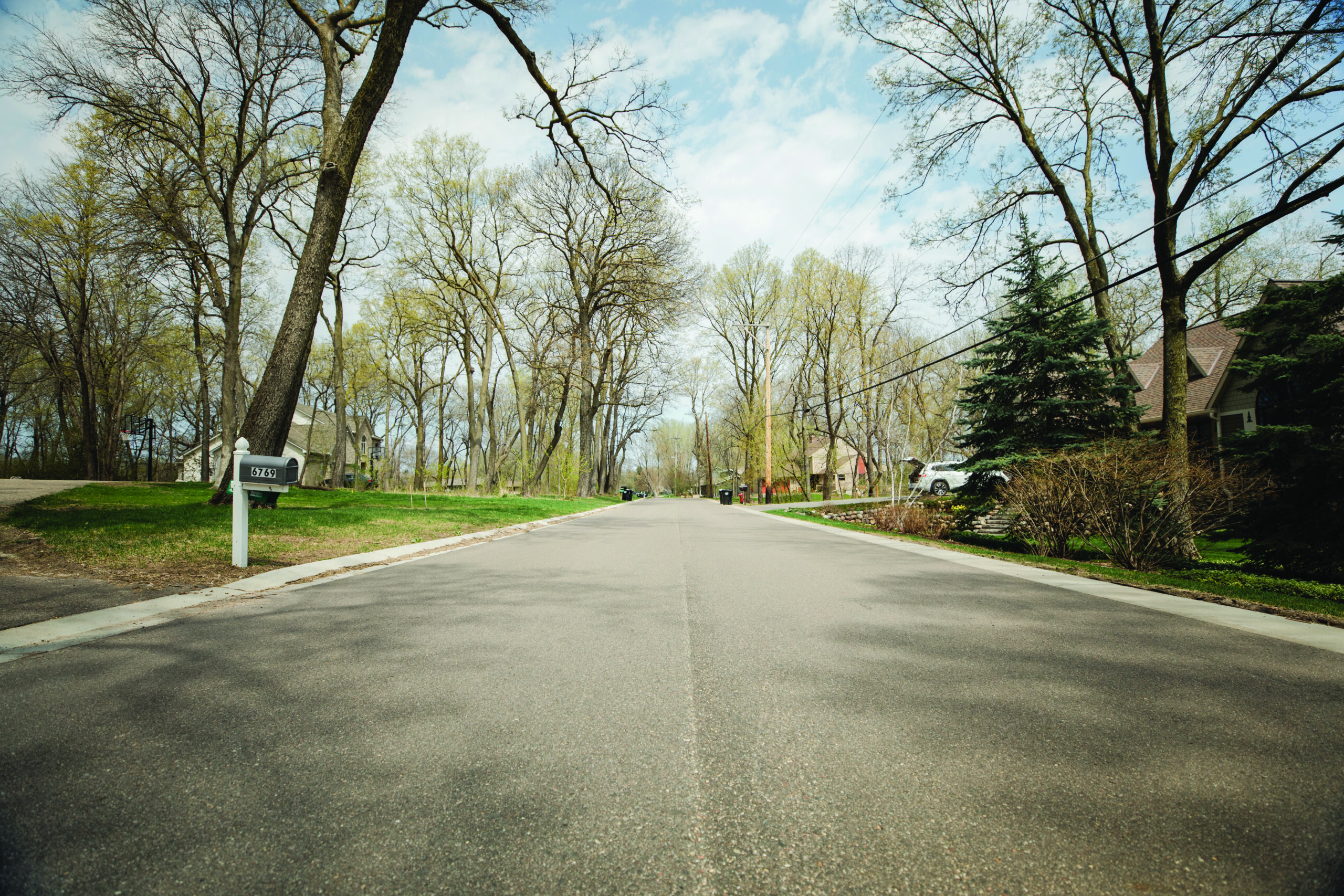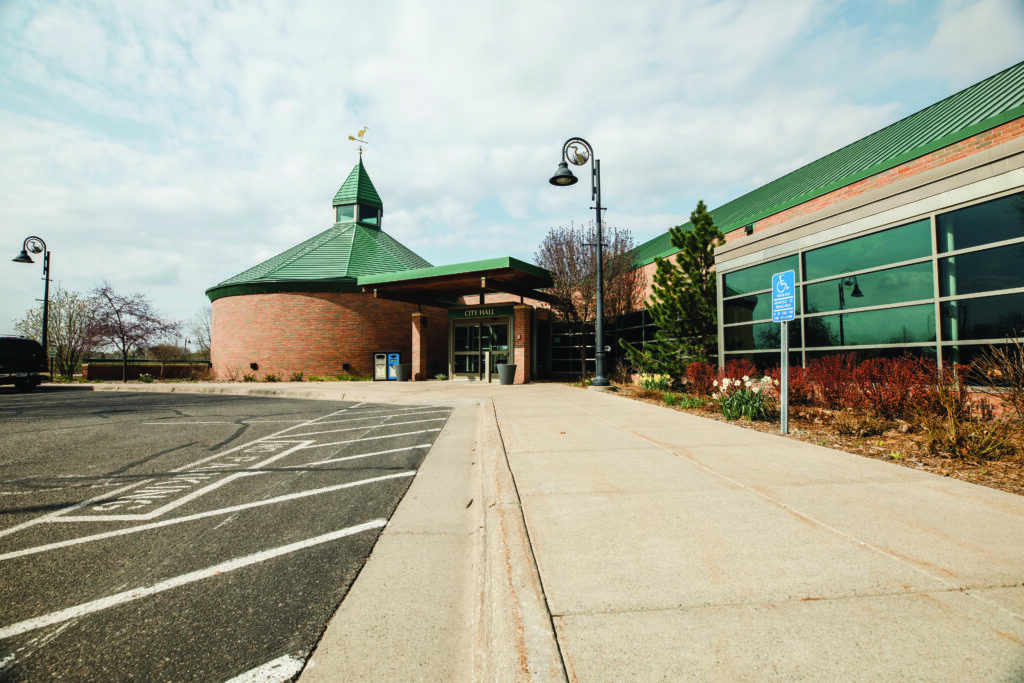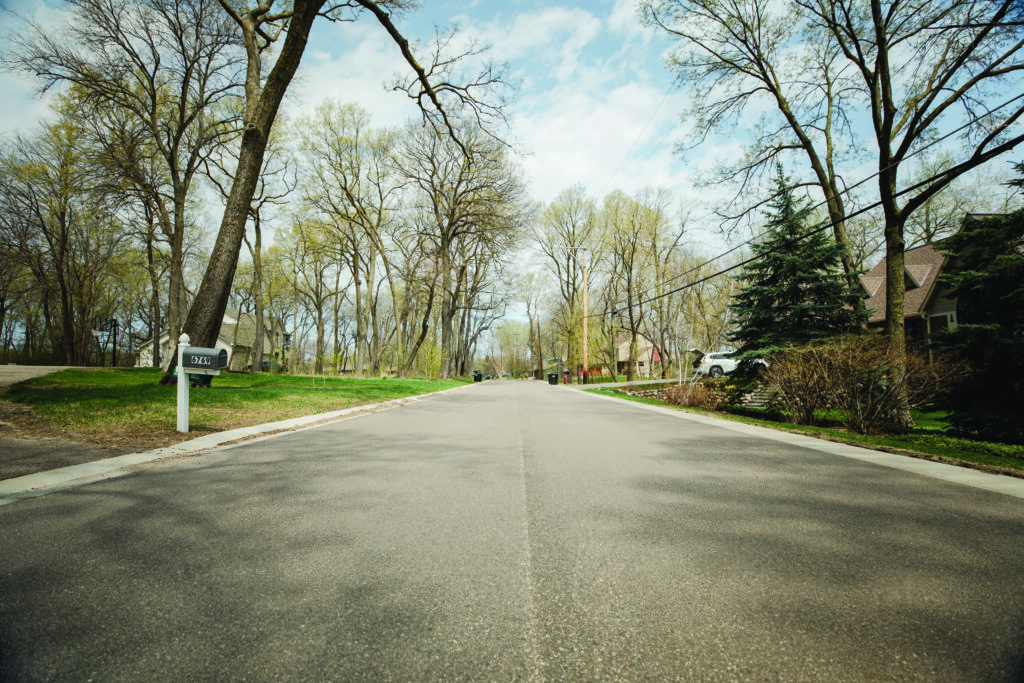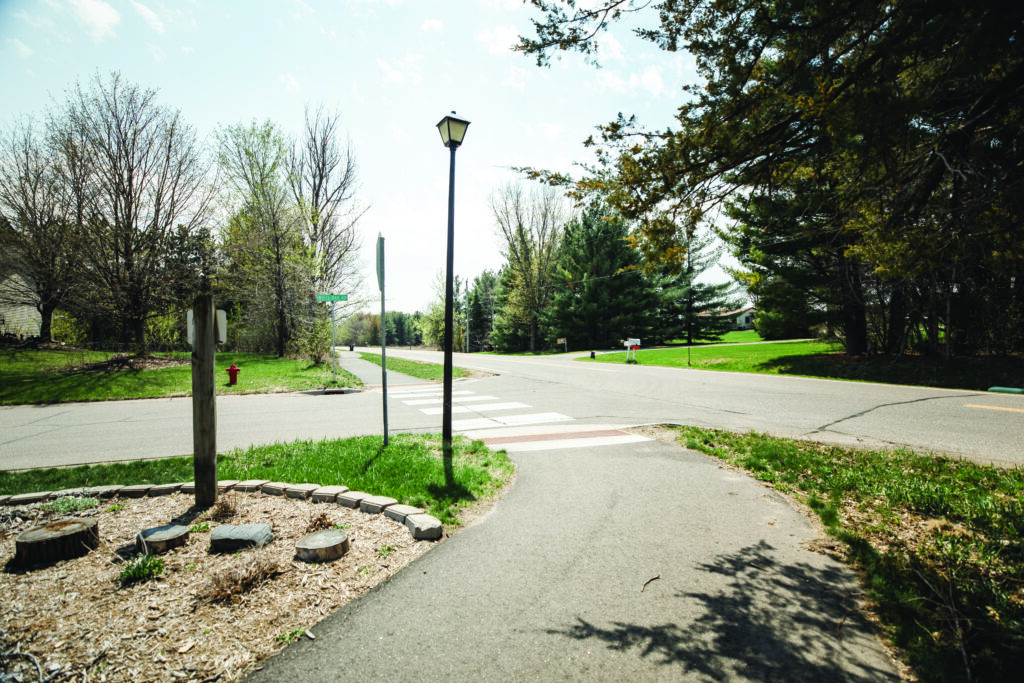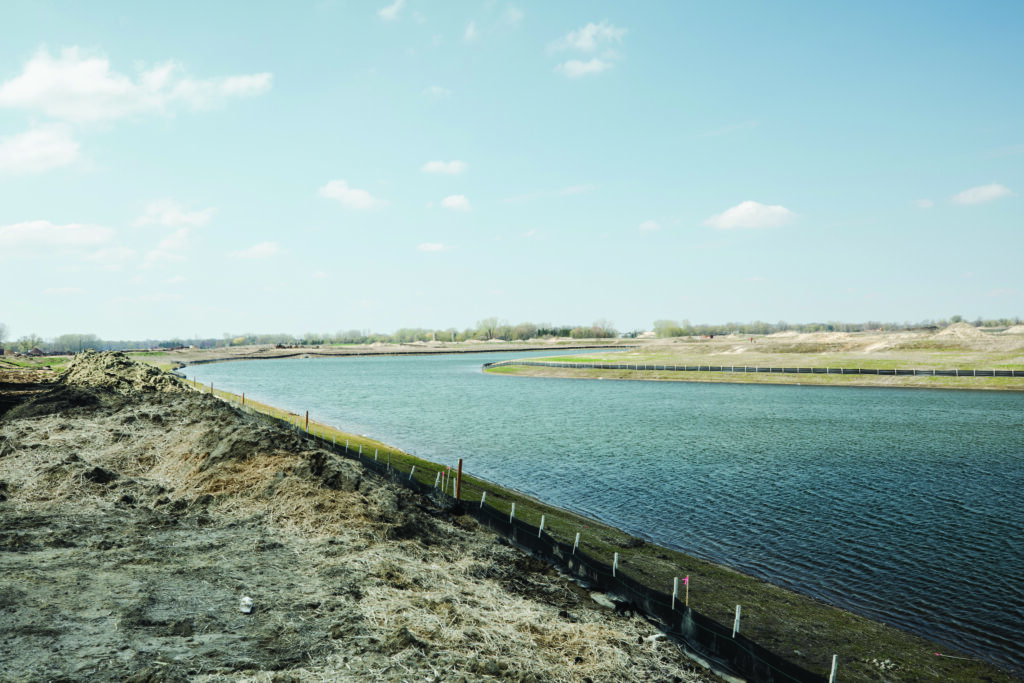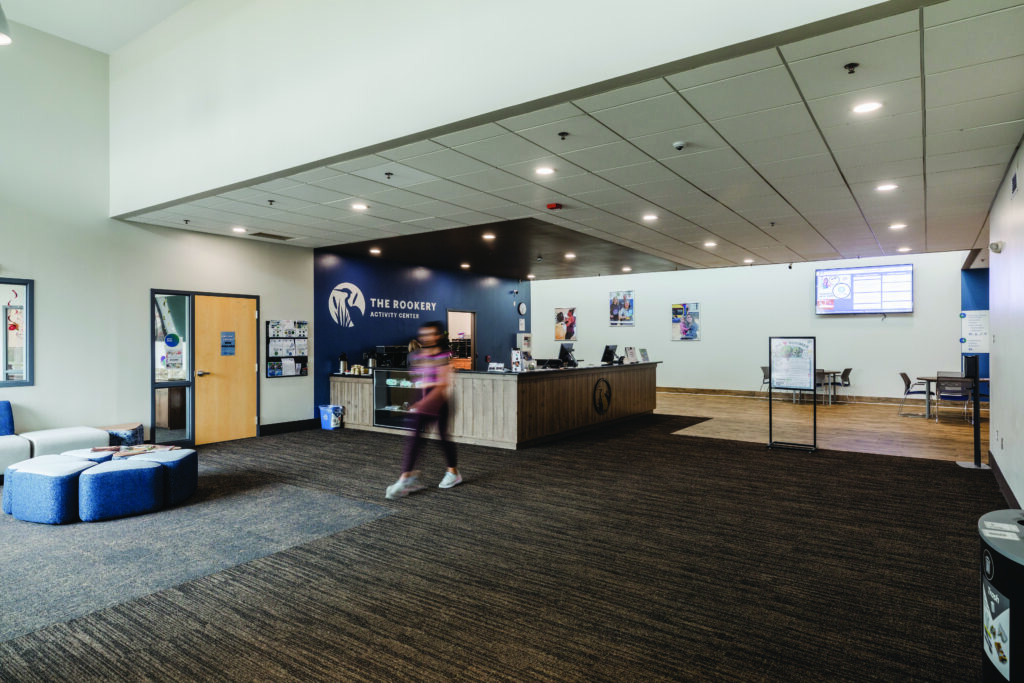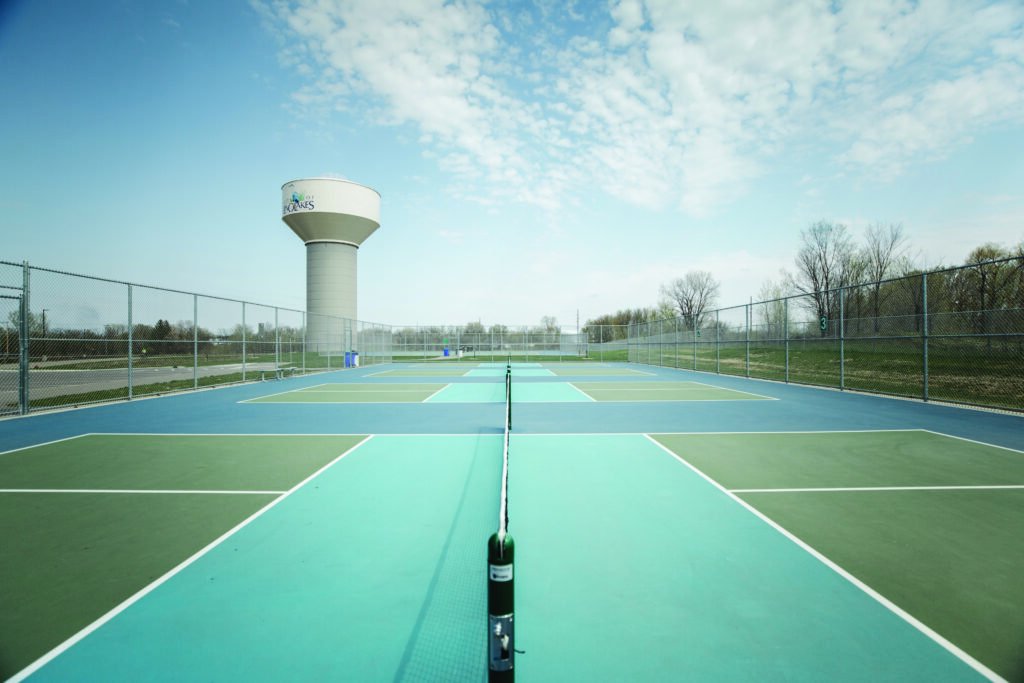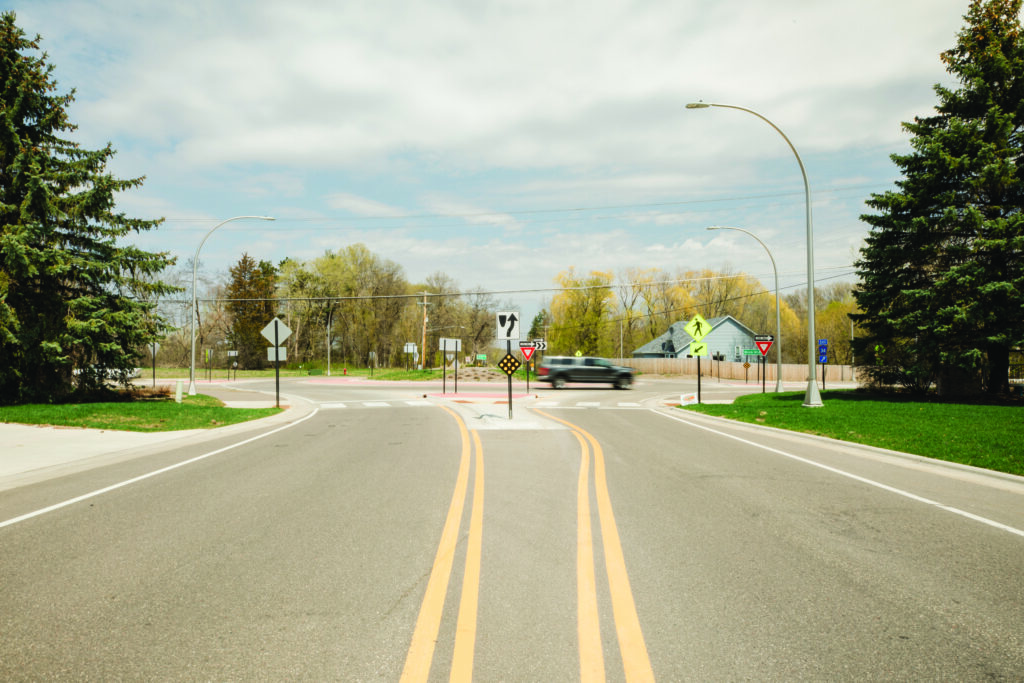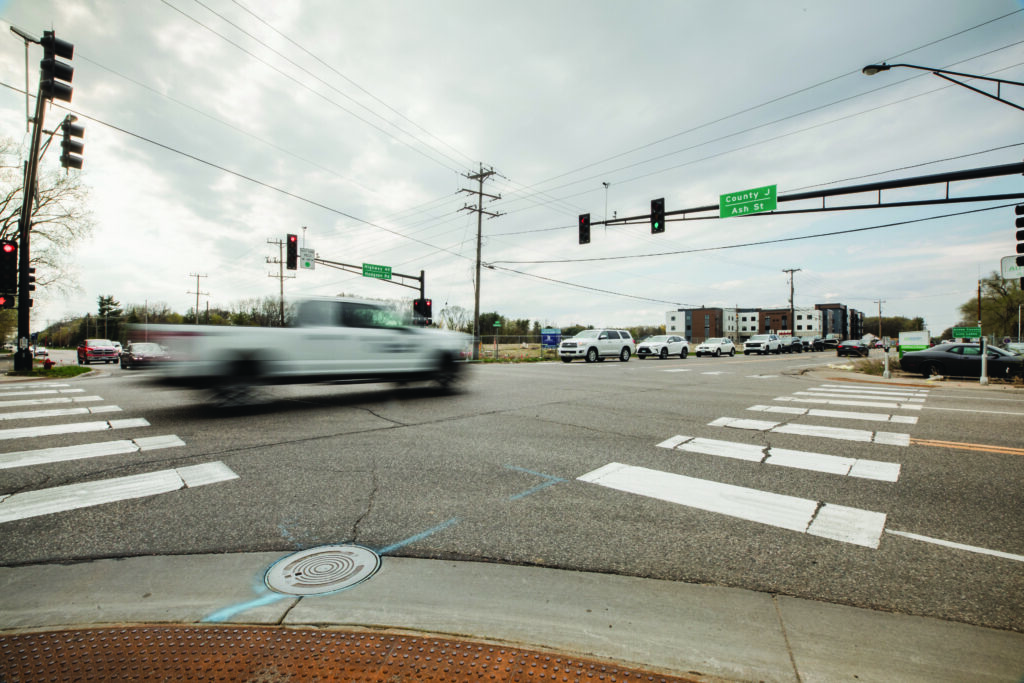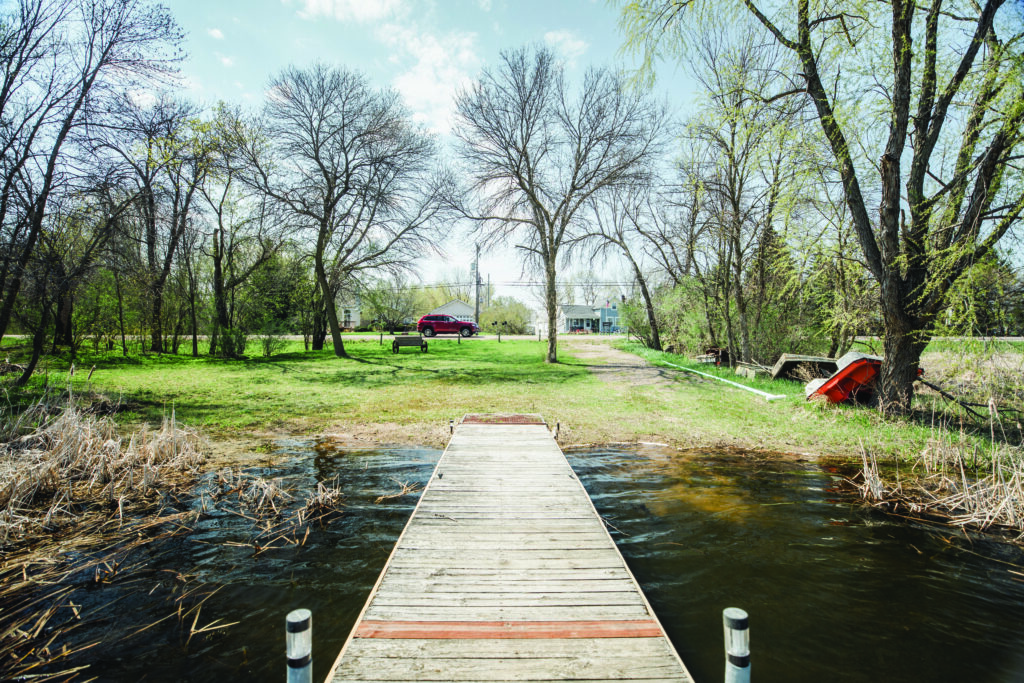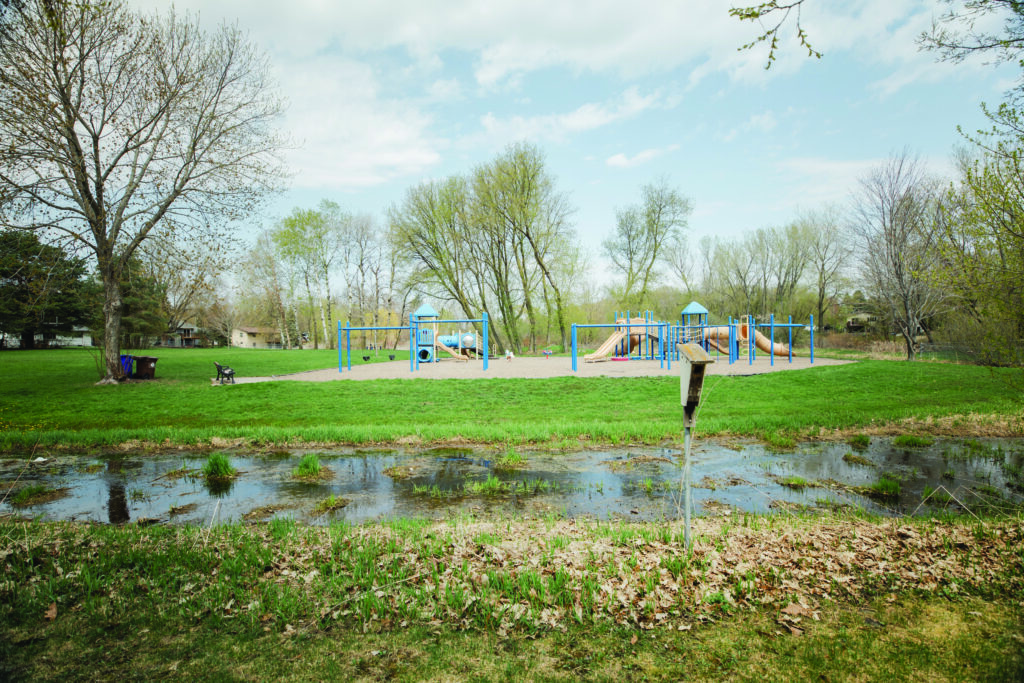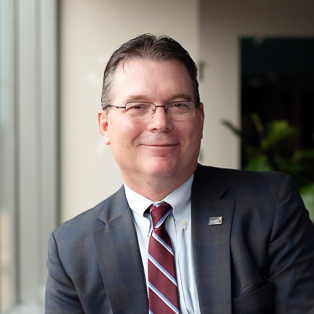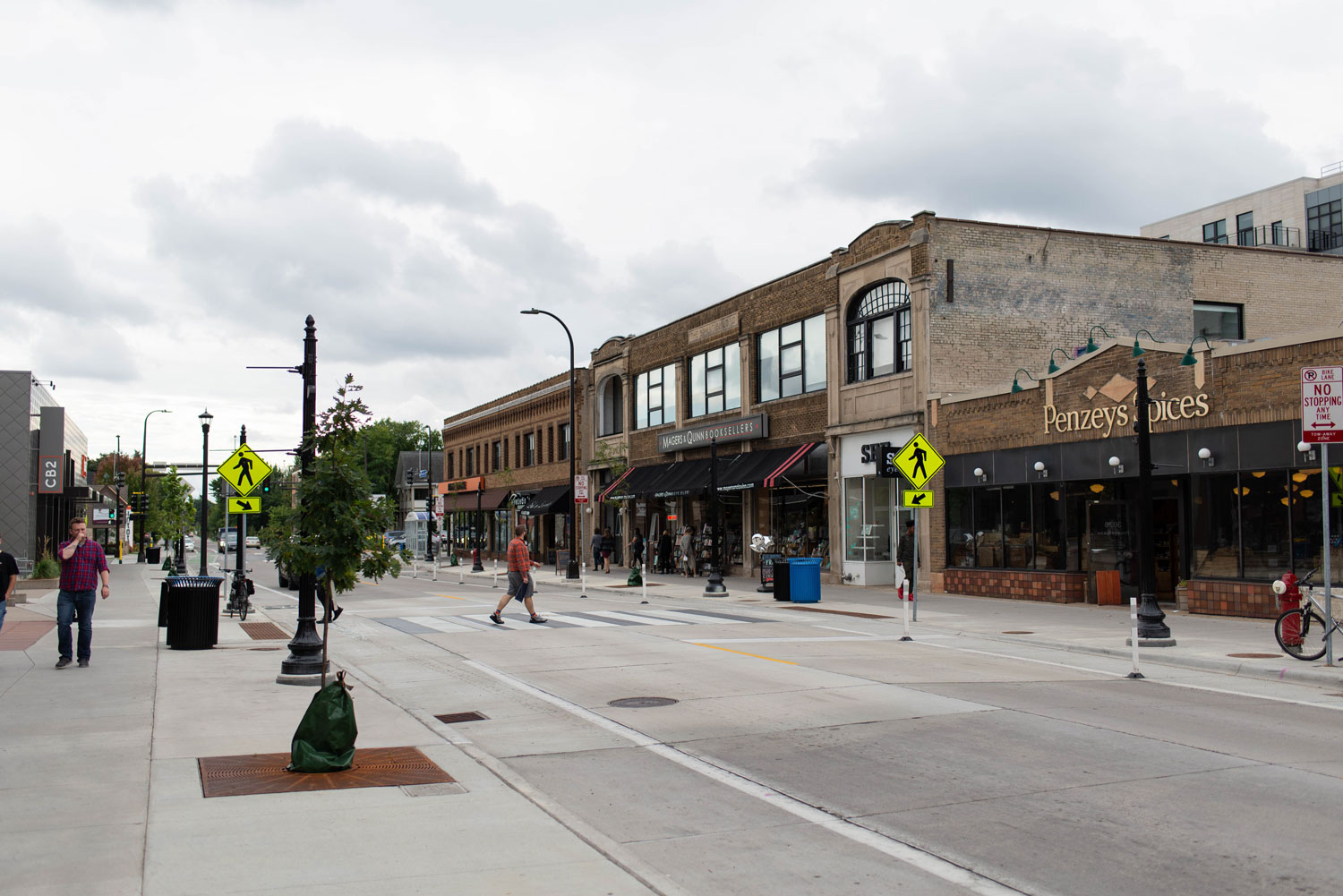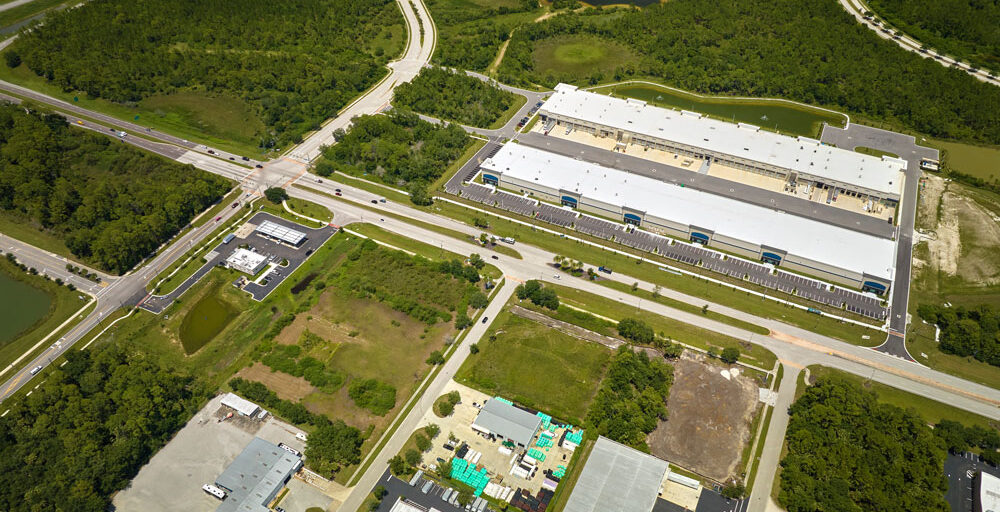
Benefits of Industrial Parks for Communities
October 15, 2024
By Kim Lindquist, Director of Community Planning & Economic Development, WSB
Industrial parks serve as vital engines for economic growth and development within local communities. By concentrating manufacturing and industrial activities within a designated area, cities and towns can better manage resources, isolate transportation impacts, and promote innovation. These industrial zones facilitate the clustering of businesses, which can lead to increased utility efficiency, reduced transportation costs, and the fostering of symbiotic relationships among companies. Moreover, industrial parks can attract additional investments, create employment opportunities, and stimulate local economies through increased demand for retail commercial services and housing.
Effective planning of industrial parks is crucial to maximize their benefits. City planners should conduct comprehensive feasibility studies to identify suitable locations, considering factors such as proximity to transportation hubs, availability of utilities, infrastructure capacity, and potential environmental impact. Zoning regulations need to be tailored to accommodate the specific requirements of industrial activities while ensuring the surrounding communities are protected from potential nuisances. Additionally, incorporating green spaces and sustainable practices can enhance the environmental and social appeal of these areas, making them more attractive to businesses, workers, and nearby neighbors.
Initiation and development of successful industrial parks requires a multi-faceted approach. Cities may consider offering incentives such as tax increment financing, abatements, or streamlined permitting processes to attract businesses. Collaborating with universities and vocational institutions can also drive innovation, attract start-up business prospects and provide a skilled workforce tailored to the needs of the industrial sector. Public-private partnerships can play a crucial role in financing and managing these projects, ensuring that both public interests and private sector expertise are leveraged effectively. Moreover, community engagement is essential to address any concerns and ensure that the development aligns with the broader goals of the city’s residents.
WSB staff can provide valuable assistance in the planning and development of industrial parks. Our team of experts brings a wealth of experience in community planning, economic development, and environmental sustainability. We offer comprehensive services, from initial feasibility studies and site selection to master planning and project management. By partnering with WSB, cities can ensure that their industrial park projects are executed efficiently, sustainably, and in alignment with their long-term economic and community goals. Our commitment to innovation and excellence ensures that we deliver tailored solutions that meet the unique needs of each city we work with.
Kim is a planning professional with over 30 years of experience overseeing a variety of complex planning projects. She has worked in high growth communities with developers and the public on entitlements for residential development and attracting business to the city.
[email protected] | 763.287.8303
